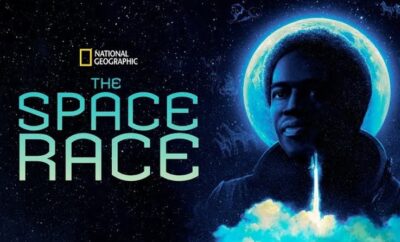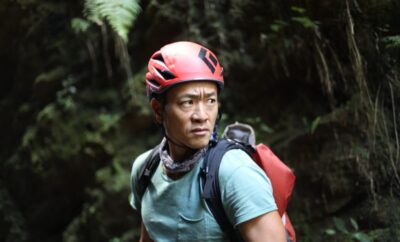
Movie Reviews
The Stanford Prison Experiment: Unlocking The Truth
By starrymag |
By: Jennifer Vintzileos
In August 1971, Dr. Phillip Zimbardo was conducting a two-week experiment that simulated the prison experience. Finding young men from the local colleges and surrounding area, Zimbardo then assigned those that were selected into two groups: guard or prisoner. However, the experiment itself got completely out of hand and after about six days…the experiment came to a grinding halt. The results of the test were groundbreaking, but was the experience truly as real as Zimbardo made it out to be? Directed by Juliette Eisner, the docusmentary The Stanford Prison Experiment: Unlocking The Truth gives those who were a part of the experiment the chance to come forward and share their experiences over those six days and how possibly one of the most groundbreaking experiments of Zimbardo’s career could possibly be considered nothing but a hoax.
For young men like Dave Eshleman and Doug Korpi, the thought of getting paid $15 a day for a two-week experiment seemed quite enticing in 1971. After being selected to take part in Zimbardo’s study, those who participated in The Stanford Prison Experiment were then delegated the role of guard or prisoner. For guards, the men were given a chance to lean into their role with props and a day of training. For prisoners, they were stripped of their regular clothes and forced to wear a gown with a number to identify them by. As both prisoners and guards leaned into their respective roles in the makeshift prison, the lines began to blur between fiction and reality, especially as the prisoners lashed out and the guards doled out some crazy punishments for those transgressions.
Eisner’s look into The Stanford Prison Experiment through the eyes of those that lived it has been an enlightening experience. Though the footage was minimal due to Zimbardo’s own lack of recording, the accounts that Eisner was able to procure from Eshleman, Korpi, Clay Ramsay, Jerry Shue, Chuck Burton, John Loftus, John Mark and Karl Van Orsdol proved to be eye-opening and vital. Korpi’s own realization that his involvement in the experiment psychologically toyed with him and Zimbardo’s nonchalant attitude towards releasing anyone from the experiment was not helpful.
Going beyond the informative, what I appreciated the most about the content of the documentary itself went beyond the facts. After the 2015 film The Stanford Prison Experiment, hearing a potential counterpoint to Zimbardo’s life work was a true eye-opener that the experiment itself might not be what it seems. While Zimbardo would boast that the men had no real training for their roles and the assignment of power drove the guards to lash out at the prisoners, the accounts shared onscreen tell a different narrative. There was a shell of a script, a narrative that the guards were to follow and maintain by all means necessary. Where Eshleman took on a John Wayne-esque persona for his role as a guard, later in life he utilizes his great acting talents and makes that a part of the routine with his band. Seeing Eshleman’s personal testimony blurs the lines between his time during the experiment and what compelled him to take on a new persona when the time was right. These men were young, impressionable and using their own inner thoughts/traumas to bring forth the balance of conflict that exists with modern-day prisoners.
Over 50 years later, those that remain from the experiment had a chance to come together for the dramatic reenactment. Despite their own feelings towards a man that capitalized on their discomfort, the warmth and stories remain. While the memories of that fateful experiment linger on, each of them have went on to lead lucrative lives beyond that moment and thrive. The Stanford Prison Experiment: Unlocking The Truth will be part of a three-part docuseries by National Geographic.
← Previous Story Jane Austen’s Period Drama
Next Story → Budo





You must be logged in to post a comment Login